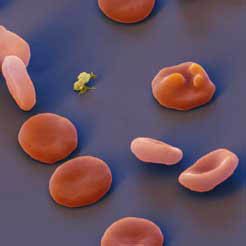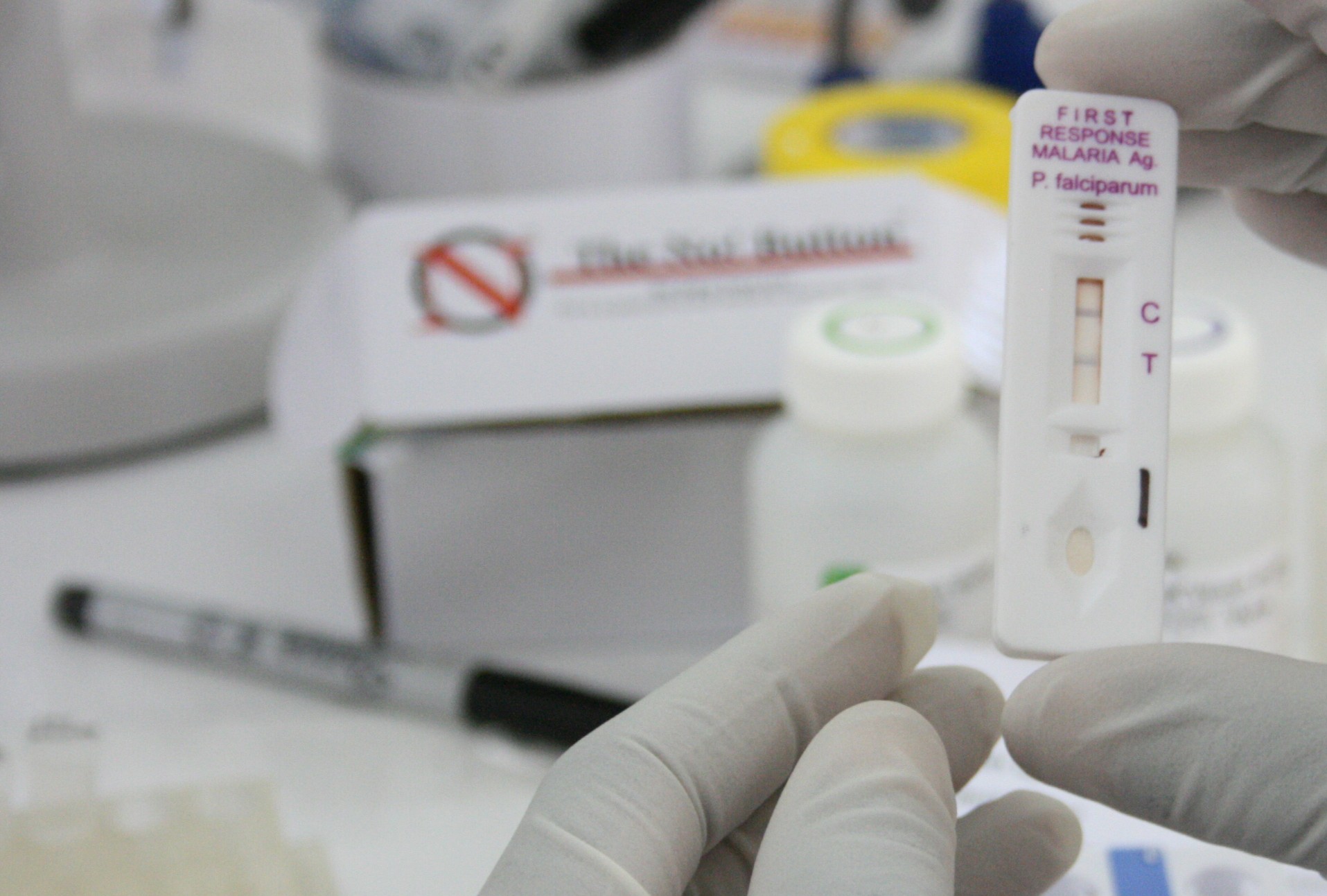The Dynamics of Malaria Transmission Advance Module provided participants with an opportunity to examine existing tools to reduce and prevent transmission, diagnostics to prevent/interrupt transmission, understand changes in transmission patterns, current tools for low and moderate transmission, and new transmission blocking vaccine interventions.
A thorough knowledge of both the parasite and vector biology is critical to fully understand the dynamics of malaria transmission. By identifying bottlenecks and weaknesses, new strategies to disrupt transmission can be developed. For example, drug development currently only targets the asexual parasite stages whereas new innovative assays measuring drug effects also on sexual stages are emerging. Antimalarial drugs that successfully kill gametocytes and hypnozoites in addition to blood stage parasites would be a large step towards eradication (i.e. by depleting the human reservoir of parasites). Knowing the target product profile or TPP is imperative within the long and costly process of drug discovery and development as well as when designing vaccines. For example, a transmission blocking vaccine would be a useful tool for malaria eradication but would ideally also provide protection against infection, in order to incentivize vaccination on an individual level.

In addition to examining transmission challenges of Plasmodium falciparum, participants explore the most widespread of the human malaria parasites – Plasmodium vivax.
